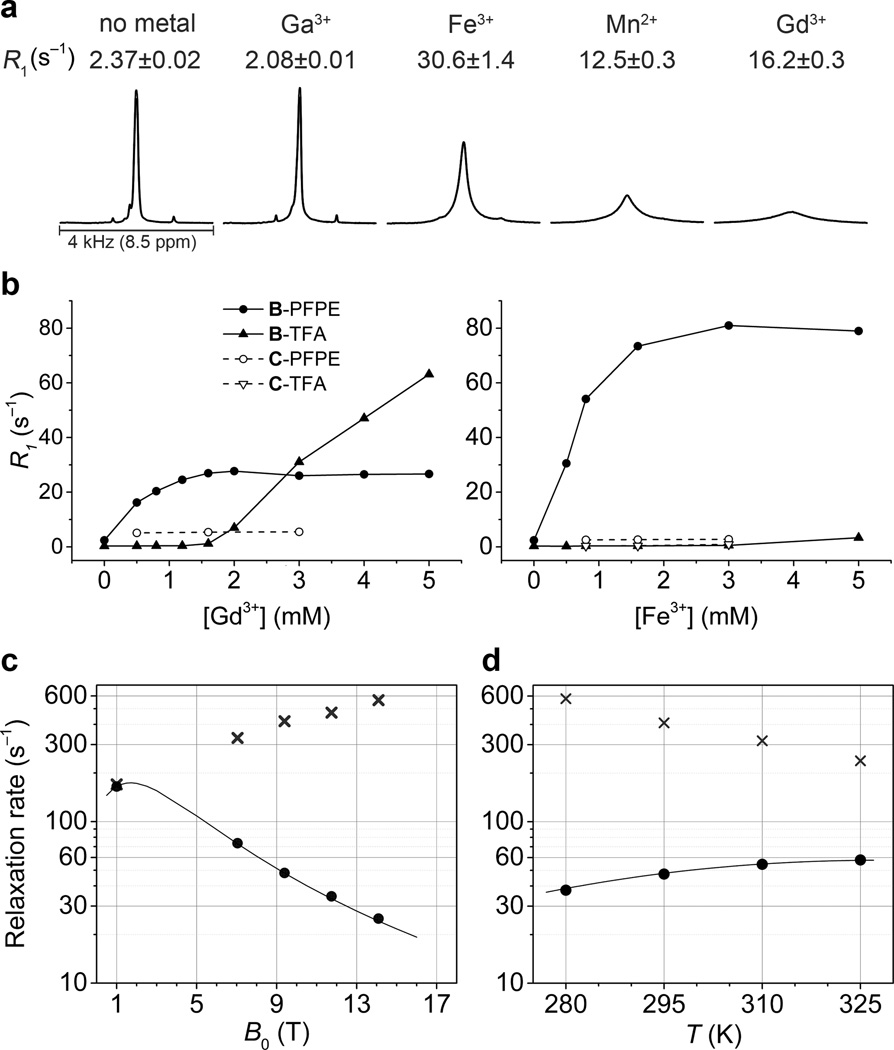Figure 3. Fluorine-19 relaxometry of metalated PFPE emulsions.
a, R1 and 19F NMR spectra of FETRIS nanoemulsion (4.5 g/L 19F, 3.5 mM diketone) in the presence of 0.5 mM metal ions, 15 mM HEPES, and at pH 7.4. The peaks from different 19F spectra are scaled to the same absolute intensity. b, Relaxometric analysis of Fe3+ and Gd3+ binding capacity. Shown are measurements of R1 for both PFPE (fluorous phase) and trifluoroacetate reference (TFA) added to the aqueous phase. c, Magnetic field dependence at T = 295 K and d, temperature (B0 = 9.4 T) dependence of observed relaxation rates R1 (●) and R2 (x) in FETRIS nanoemulsion (22.5 g/L 19F, 17.5 mM diketone, 2.8 mM Fe3+) and predicted R1 (—) values using Eqs. S1–S4. Predicted R1 values represent best fit to SBM equations, with r = 1.19 nm, τF (295 K) = 0.80 ns, τv (295 K) = 3.59 ps, the Arrhenius temperature dependence with activation energies of 3.6 kcal/mol for τF and 4.5 kcal/mol for τv. The diamagnetic contributions to R1 are presumed to be negligible and Δ fixed at 0.2 cm−1. R1 values increase, while R2 values decrease, at lower magnetic field strengths, suggesting that there will be no degradation of SNR at clinical fields due to line broadening.

